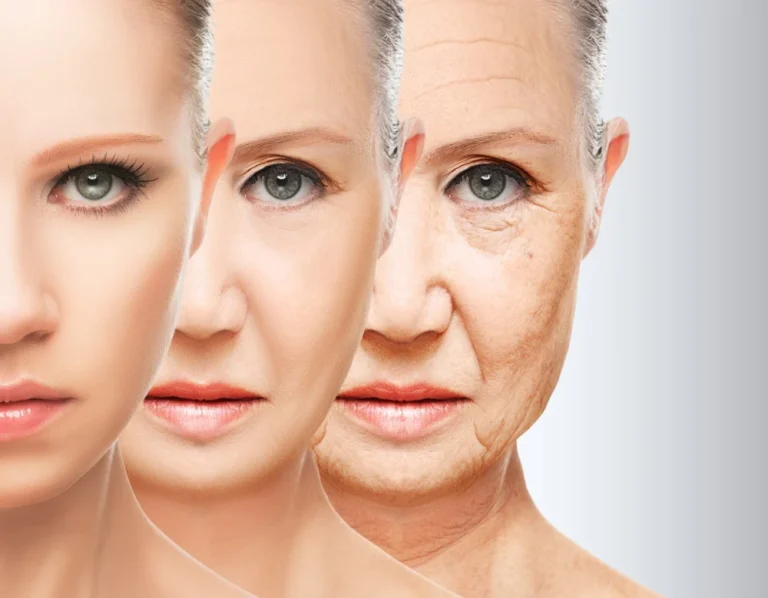Have you ever guessed a person’s age just by looking at their facial expression? In most cases, it is possible to do so, at least close to what their true age is, but in some cases, people also tend to look way younger, or way older than they’re supposed to. Various factors play role in this which we will mention later, but the most common one is age. Our skin is simply not the same in our twenties and fifties. So, let’s take a look at the changes one may expect in each of these periods.
How our face changes with time
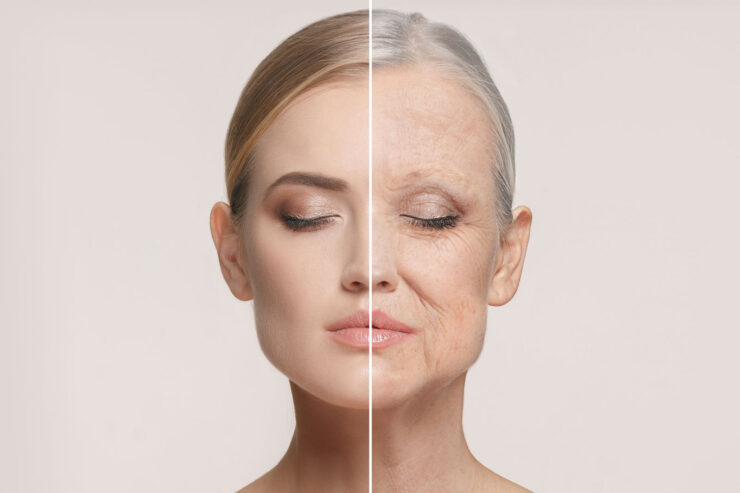
There are so many products that aim to remove the signs of getting old, but not all of them will work in every stage of your life. In order to timely prevent some of the main signs of the aging process, it is also necessary to know what exactly happens to the face in the 20s, 30s, and 40s.
The twenties are the time to start a healthy skin routine
Large amounts of collagen give the skin a healthy glow at this age. But this is not true for everyone. Many of them start to face acne during this period even if they have never had it before. Pimples also begin to appear, most often on the lower part of the face and around the jaw. According doctor let skin care clinic advises using anti-inflammatory products that contain niacin, and special vitamins that give skin a healthier appearance, most of which you’ll find when you visit this site.
This is the crucial time to start properly taking care of your skin because it will influence how will the skin looks in later periods of life. So, your routine should, for example, include the usage of sunscreen almost every day. In addition, it is important to work on elasticity, therefore including antioxidants in the morning routine is a good idea. During this period, the skin of the face has the most fat under it, which keep the cheeks firm and the skin taut.
What can you expect in your thirties?
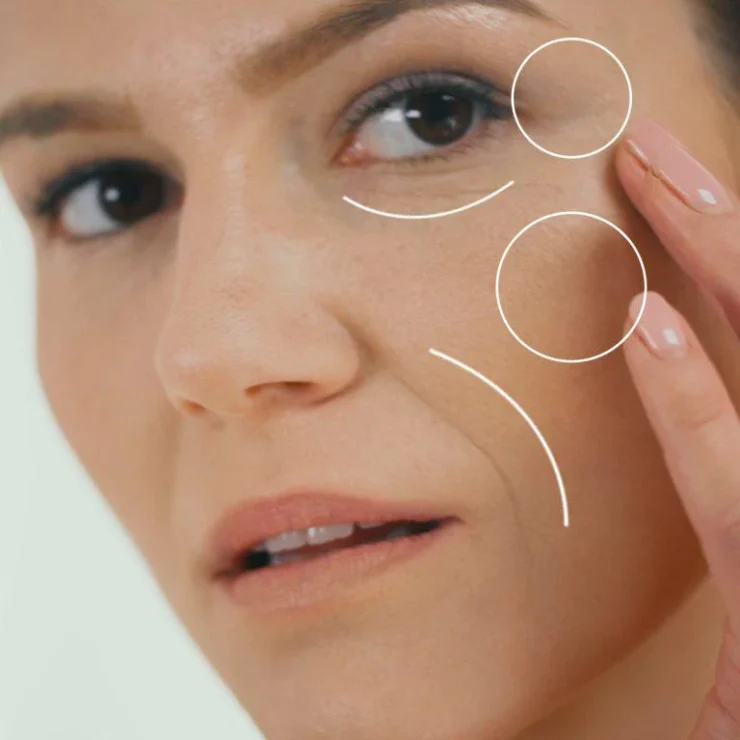
This is the period of life when all the bad and harmful habits from your earlier period come to play. After 30, the facial skin loses its tone, and the first significant wrinkles, broken capillaries, redness, and freckles appear on the face. Not only that, but hyperpigmentation occurs, such as melasma, which leads to the appearance of brown spots on the forehead, cheeks, and around the chin.
In most women, it develops during pregnancy or immediately after childbirth due to increased levels of female sex hormones that promote the development of pigmentation, especially in combination with the sun. It often develops in women who take contraception or hormone replacement therapy. The problem of uneven pigmentation can be alleviated by the regular use of face scrubs as well as various night serums that protect the skin from uneven pigmentation.
As for the shape of the face, the first signs of volume loss appear in the thirties, most often in the middle of the face and chin. This means that your face begins to look older and more tired, so it is necessary to include products containing collagen and hyaluronic acid in your regular skin care in order to maintain the beauty and volume of the skin.
What about the forties?
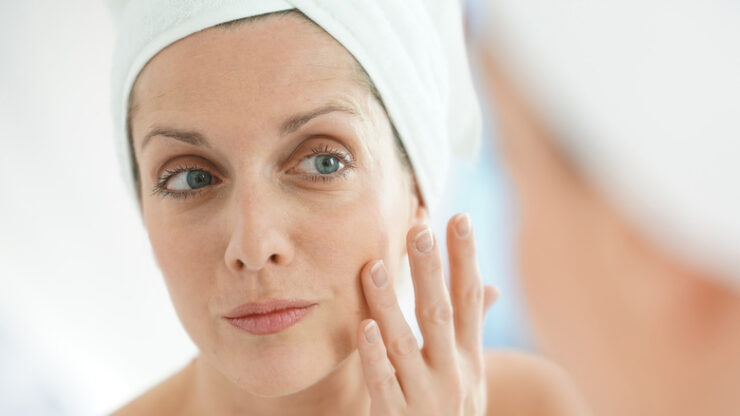
At this age, it is necessary to improve the hydration of the skin, because it becomes dry, which leads to more pronounced facial contours and wrinkles. It is smart to use products containing peptides, at this time.
During this period, the face also begins to lose the subcutaneous fat tissue that you had in your twenties, but it does not disappear equally in all areas. First, the fat pads in the middle of the face, around the chin, and along the jaw disappear, due to which the face becomes more and more relaxed.
What other factors will affect the changes on our faces?
In women, menopause is the period with the most changes to the body in general. As a consequence of the low level of estrogen in the body, various changes occur in the skin – the largest organ of our body. It becomes thinner, less elastic, dry and dehydrated, and prone to wrinkles. It is more prone to hyperpigmentation (dark spots and freckles) that are caused by exposure to the sun over the years. Also, due to the compensatory increase in the level of androgen hormones, unwanted hair may appear on the face, especially in the chin area or above the lips.
Stress is the second most common factor to affect it. It is the outer barrier of our skin, which consists of closely connected epidermal cells. This barrier keeps the skin well hydrated, but also allows molecules from the creams and other products to enter the skin and thus treat skin problems. When that barrier is “broken down”, the skin cannot defend itself as it could before, so all injuries have a harder time healing, new problems arise, and existing ones increase.
In addition to the fact that stress destroys the skin barrier, people under stress also experience having too much of the hormone called cortisol, which stimulates the secretion of skin oil.
If we were to advise you not to get upset and avoid stressful situations, we would be asking for the practically impossible. In this regard, our advice is to learn to control stressful situations. We are sure that you can educate yourself with the help of books, videos on the internet, and an excellent way to reduce stress is to engage in a hobby. Draw, write, dance, run, bike, and walk.
Conclusion
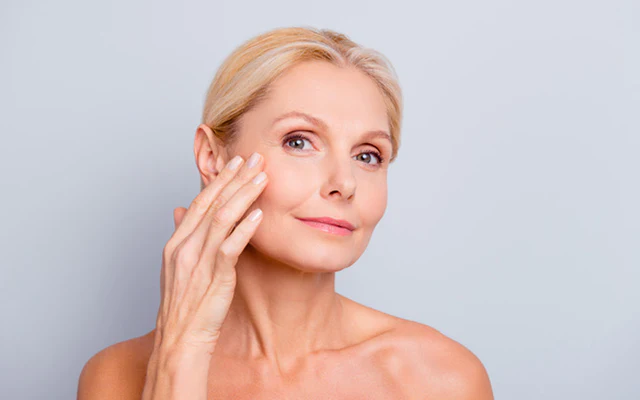
In the end, we hope we managed to raise your awareness concerning the importance of taking care of your skin. As we said, the work you put into it today will pay off in the years to come.

